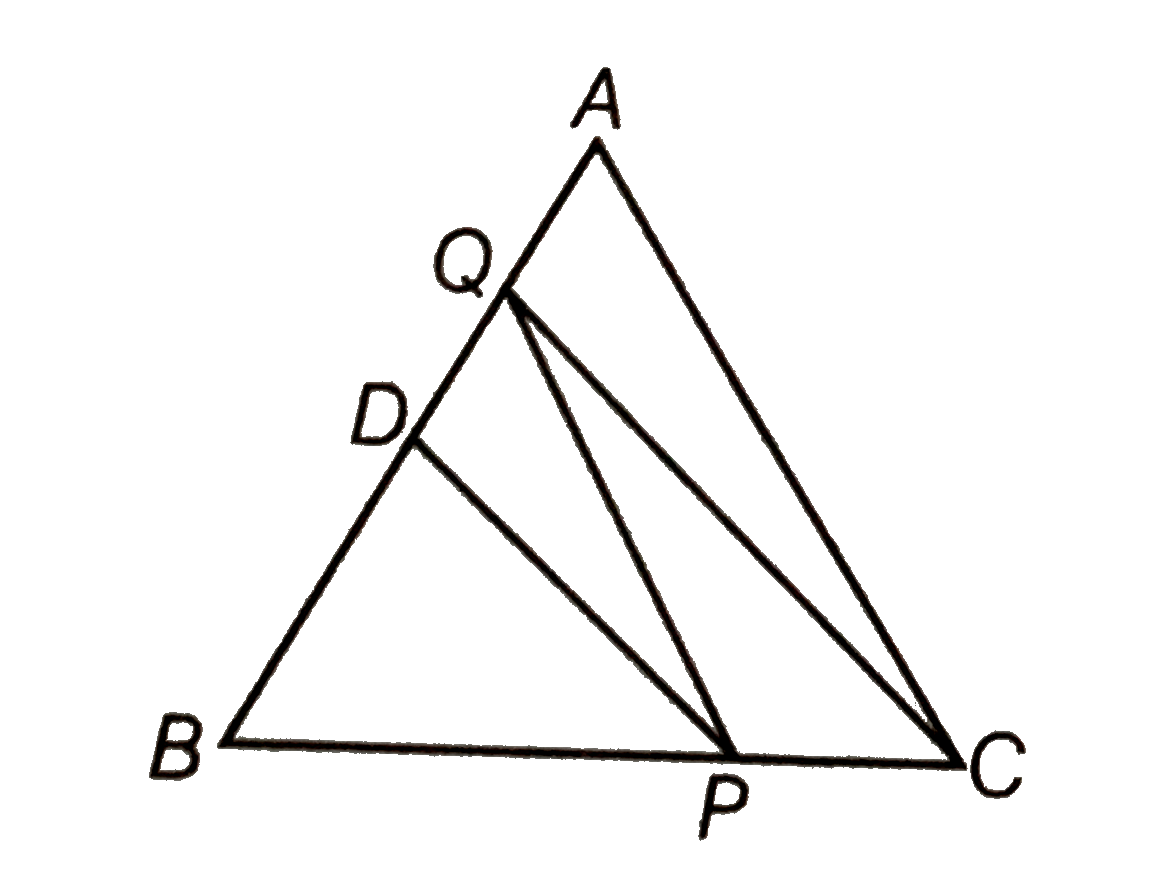If C is the mid-point of AB and P is any point outside AB, then
A
PA + PB = PC
B
PA + PB + 2 PC = 0
C
PA + PB - 2PC = 0
D
PA + PB + PC = 0
Video Solution
Text Solution
The correct Answer is:C
By the properties of mid-point theorem,
PA + PB = 2 PC
|
Updated on:21/07/2023
Topper's Solved these Questions
- BOOK - MHTCET PREVIOUS YEAR PAPERS AND PRACTICE PAPERSCHAPTER - VECTORS EXERCISE - (VECTORS ) Exercise 2 ( Topical problems )88videos
VECTORS
- BOOK - MHTCET PREVIOUS YEAR PAPERS AND PRACTICE PAPERSCHAPTER - VECTORS EXERCISE - ( MHT CET Corner)66videos
VECTORS
- BOOK - MHTCET PREVIOUS YEAR PAPERS AND PRACTICE PAPERSCHAPTER - TRIGONOMETRIC FUNCTIONS OF COMPOUND ANGLESEXERCISE - Exercise 2 (MISCELLANEOUS PROBLEMS)20videos
TRIGONOMETRIC FUNCTIONS OF COMPOUND ANGLES
Similar Questions
Knowledge Check
- Question 1 - Select One
If C is the middle point of AB and P is any point outside AB, then
AP→A+P→B=P→CBP→A+P→B=2P→CCP→A+P→B+P→C=→0DP→A+P→B+2P→C=→0 - Question 2 - Select One
If C is the middle point of AB and P is any point outside AB, then
A→PA+→PB=→PCB→PA+→PB=2→PCC→PA+→PB+→PC=0D→PA+→PB+2→PC=0 - Question 3 - Select One
Which of the following statements are correct :- If M is the mid point of AB and O is any point, then
AOM=OA+MABOM=OA−MACOM=12(OA−OB)DOM=12(OB+OA)
In Δ ABC, D is the mid-point of AB and P is any point on BC. If CQ∣∣PD meets AB and Q (shown in figure), then prove that
ar(ΔBPQ)=12ar(ΔABC).
 View Solution
View SolutionIn the given figure, in △ABC, D is the mid-point cf AB and P is any point on BC. If CQ∣∣PD meets AB in Q and area of △ABC=30cm2, then, area of △BPQ is
View SolutionIf B is the mid point of ACandC is the mid point of BD,whereA,B,C,D lie on a straight line, say why AB=CD?
View SolutionIf →C is the midpoint of −−→ABand→P is any point outside −−→AB, then −−→PA+−−→PB=
View SolutionIf ABCD is a square, X is the mid point of AB and Y is the mid point of BC, then which of the following is NOT correct?
View Solution

